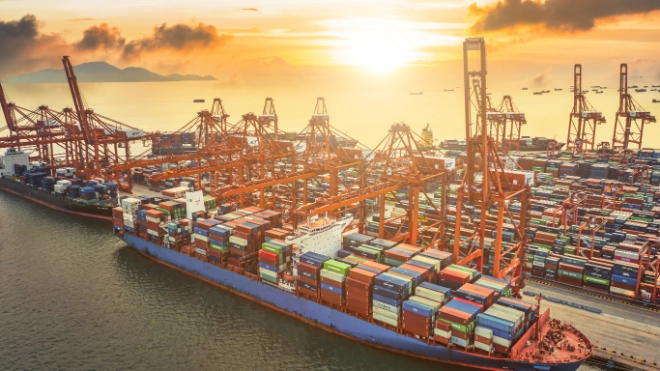
Znajdziesz tu artykuły na temat najważniejszych trendów gospodarczych w ponad 40 sektorach na całym świecie. Regularnie badamy również zachowania płatnicze naszych klientów w Polsce i na całym świecie. Te i inne wskaźniki dotyczące Twojej branży, w tym większe przypadki niewypłacalności, można znaleźć tutaj.
Raporty branżowe
Tariffs and related uncertainty causing a large negative impact


In some markets the indirect impact of tariffs could dampen higher food spending

A temporary de-escalation in the US-China tariff dispute will support global electronics growth

Tariffs and related economic uncertainty weigh on commercial construction investment

Challenges currently impacting the global metals and steel industry include oversupply, clean energy transition with the increasing demand for green...

US tariffs trigger a contraction of global automotive production in 2025 and 2026

Emerging markets and new products drive growth, but tariff threats loom
Oglądanie 7 z 88
Contractions continue in Europe and the US, but a 2025 rebound is on the cards


The US might impose 25% import tariffs on cars on national security grounds. What is the forecast impact and how is the auto...
Zachowania płatnicze Polska i inne kraje
Our survey of companies across Canada, Mexico and the US reveals that while trade credit use is expanding, businesses remain...


Survey findings across the United Arab Emirates highlight mounting financial pressure on companies amid rising bad debts

The surge in B2B payment delays and bad debt pressures in India's corporate sector creates operational disruption across various industries

Our survey of companies across Indonesia reveals increasing pressure on liquidity, with many expressing serious concerns about rising levels of...

Singapore’s corporate sector sharpens focus on liquidity as B2B customer payment risk management becomes business-critical

Our survey of companies across Japan reveals that beneath the surface of a stable B2B credit

Survey results across Hong Kong businesses show a sharp increase in bad debts, placing serious pressure on cash flow management
Oglądanie 7 z 72
Rozwój niewypłacalności
Globally, we anticipate a stable insolvency development in 2025, followed by a slight decline in 2026.

Low- and middle-income countries still face debt problems. Several of them have fallen into default in the past years. Still, restructuring has become increasingly complex.

The increase in insolvencies continues at an accelerated pace in 2023, followed by a more tempered increase in 2024.

Sharp insolvency increases in some major economies in 2023, followed in 2024 by a year of relative stabilisation.

As government support after the pandemic is phased out, insolvencies in most markets are projected to increase in 2022 and 2023.

As government support measures related to the pandemic have ended almost everywhere, we expect insolvencies to rise sharply in some major markets.

Global insolvencies are expected to climb 33% in 2022. All major regions should be affected. Businesses should brace for higher insolvency risks.
Atradius' Special Risk Management and Underwriting experts have updated their Insolvency Framework whitepaper, focusing now on 39 of the world's key markets.


A rising level of insolvency risk has emerged as a major concern looking ahead...
Czy masz jakieś pytania?




































